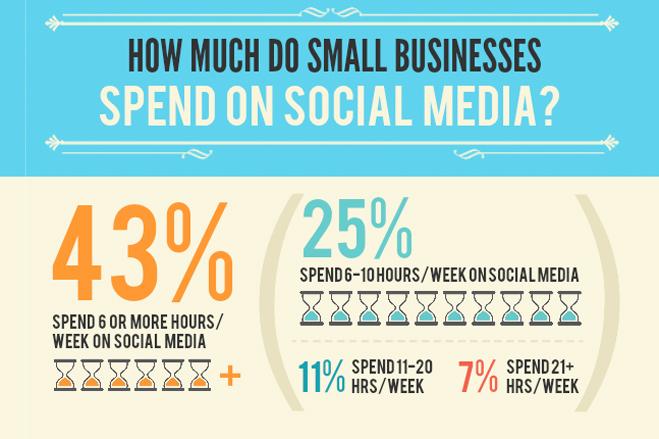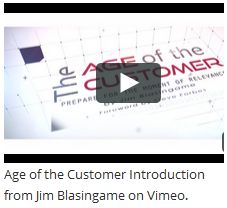In the movie, Field of Dreams, the lead character, Ray Kinsella, is a corn farmer who hears a voice that causes him to do strange things.
Kinsella, played by Kevin Costner, first hears the voice say, “If you build it, he will come.” And even though Kinsella doesn’t yet know who “he” is, he determines that “it” is a baseball field, which he actually builds, and which, incredibly, attracts a bunch of formerly-dead major league baseball players.
Field of Dreams is a wonderful feel-good movie, best enjoyed by suspending all attachment to reality.
Unfortunately, some entrepreneurs believe what I call the Field of Dreams Myth, which is, “If I build it, they will come.” They think that by merely building “it,” which is a business, not only will “they,” the customers, come, but will consistently do so and in sufficient numbers to ensure success.
This will be on the test: In the 21st century Age of the Customer, “If I build it, they will come,” is a fantasy and the business equivalent of a death wish.
Any questions?
The Field of Dreams strategy has never been an intelligent way to start a business. It’s always been prudent to identify how big the competitive pie is that’s being carved up by current participants, plus how prospective customers will accept the entry of your product or service into the marketplace. In the 20th century, it wasn’t difficult to identify all your competitors, which you could probably count on your fingers. Today you couldn’t do it with a supercomputer.
Every day of the 21st century, our customers have a virtually infinite number of purchasing options through the many competitive models in the traditional marketplace, plus the innumerable options available online. So as you develop your 21st century business strategy, the Field of Dreams voice in your head should be saying:
“If I build it, customers will only come the first time if I clearly and quickly identify what’s in it for them. And even then, they won’t come back unless I make sure their experience is so exceptional that they choose to forsake all other options.”
There is one message the voice in Ray Kinsella’s head told him which tracks perfectly with our 21st century Field of Dreams business strategy. When Kinsella was up against his most challenging obstacles, the voice said, “Go the distance.”
You must go the distance to determine who your customers are, what they want, why they’re doing business with you today and what they require to come back tomorrow.
Write this on a rock… Go the distance with what customers really want.








